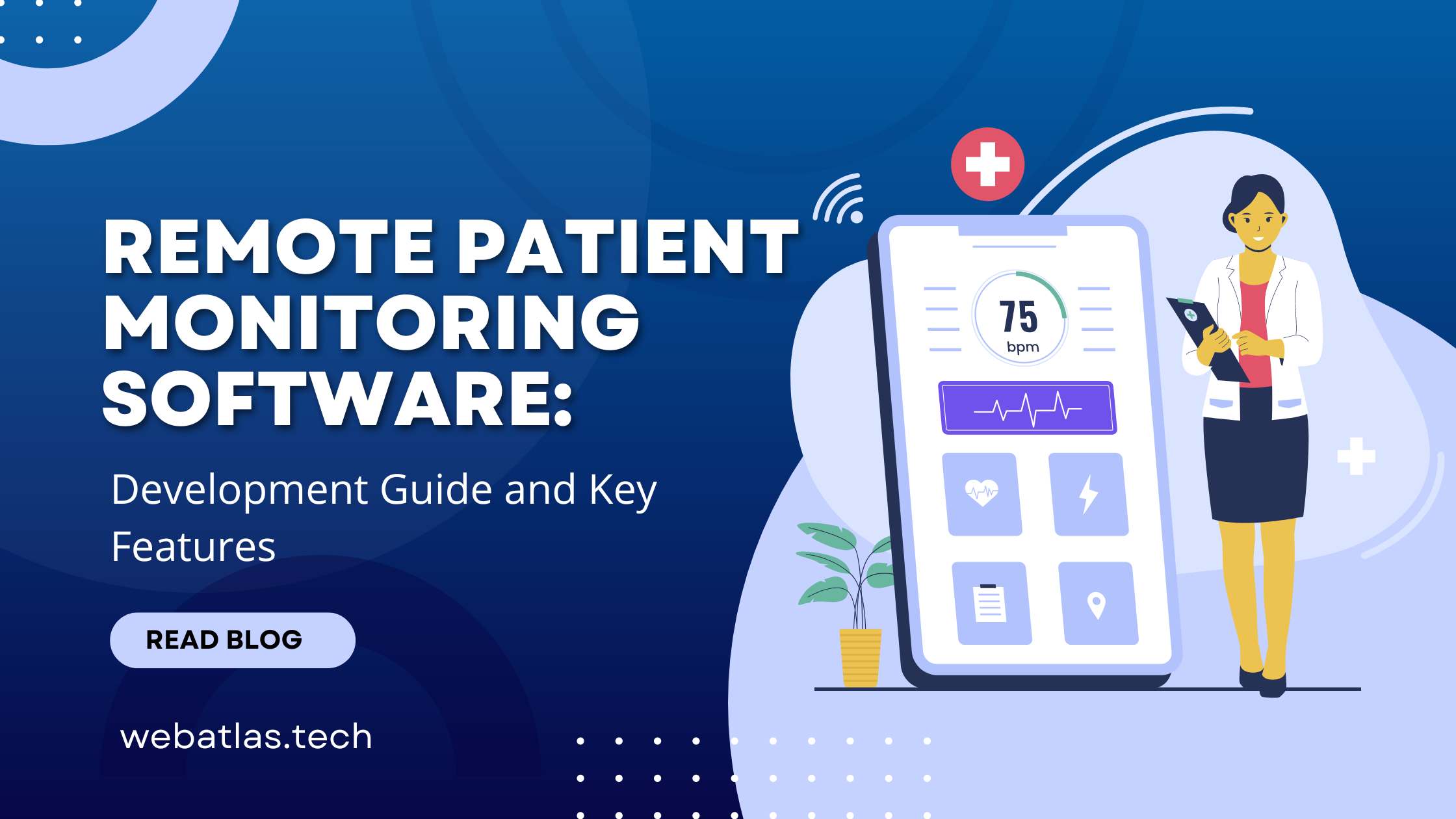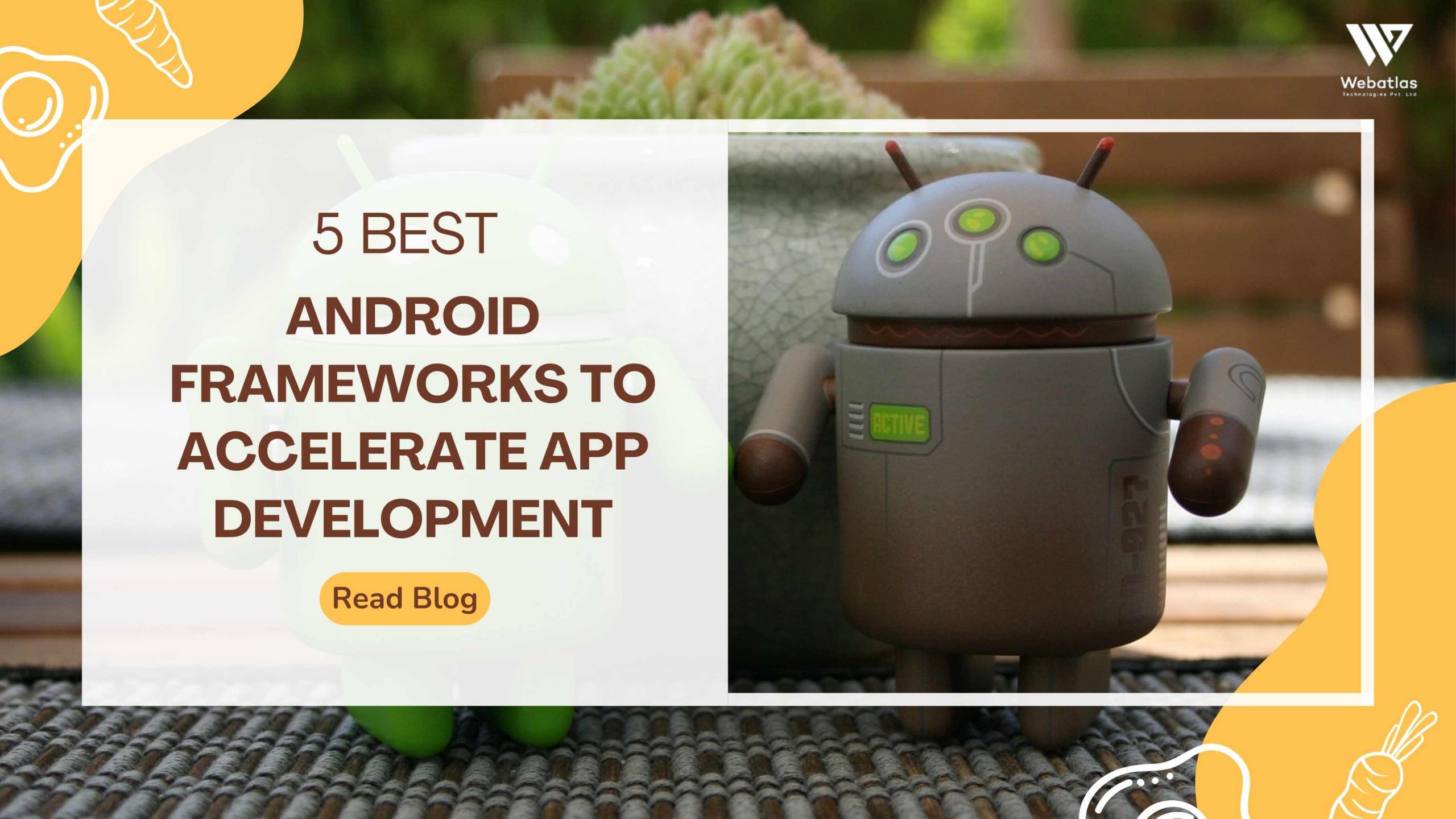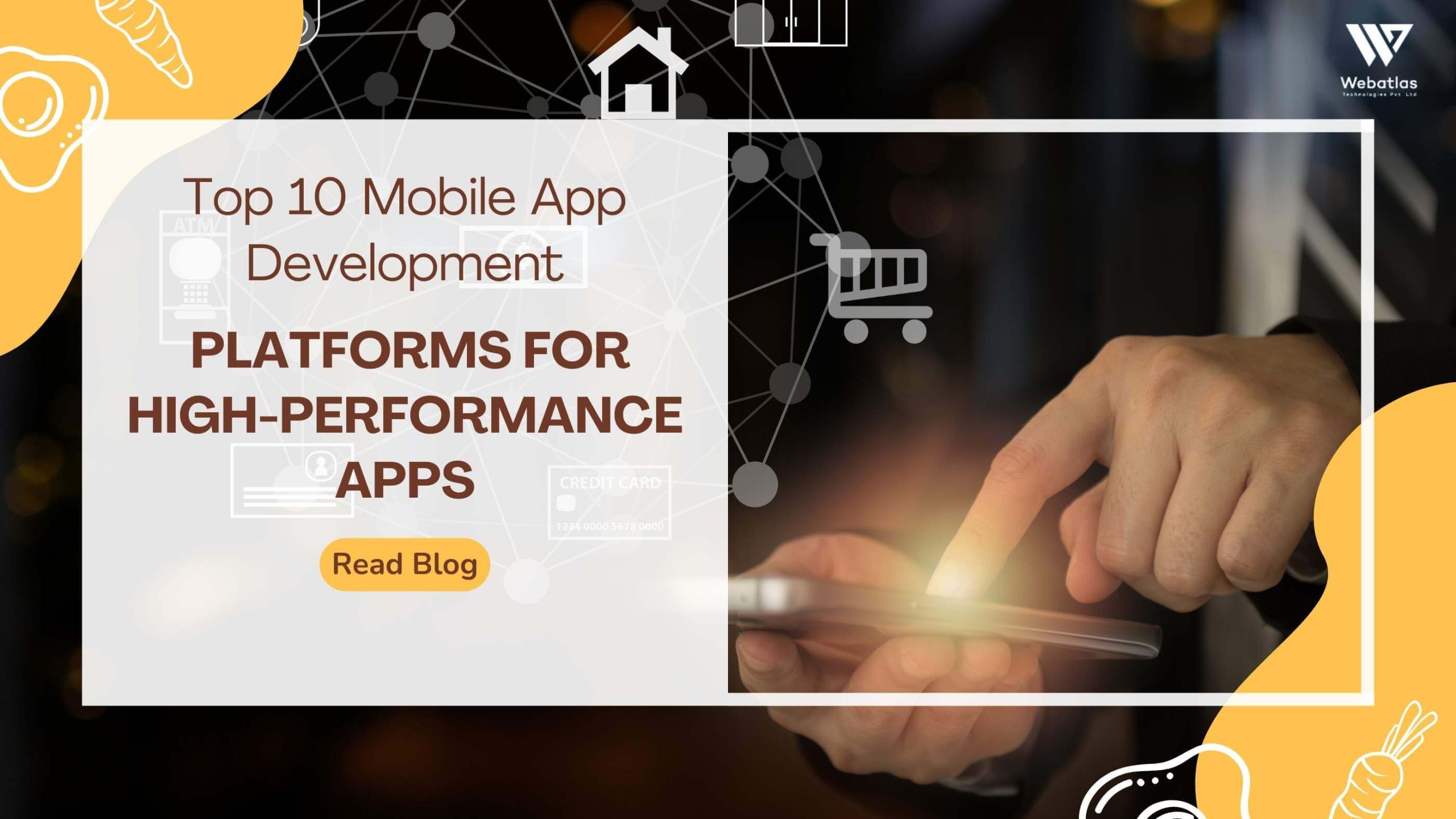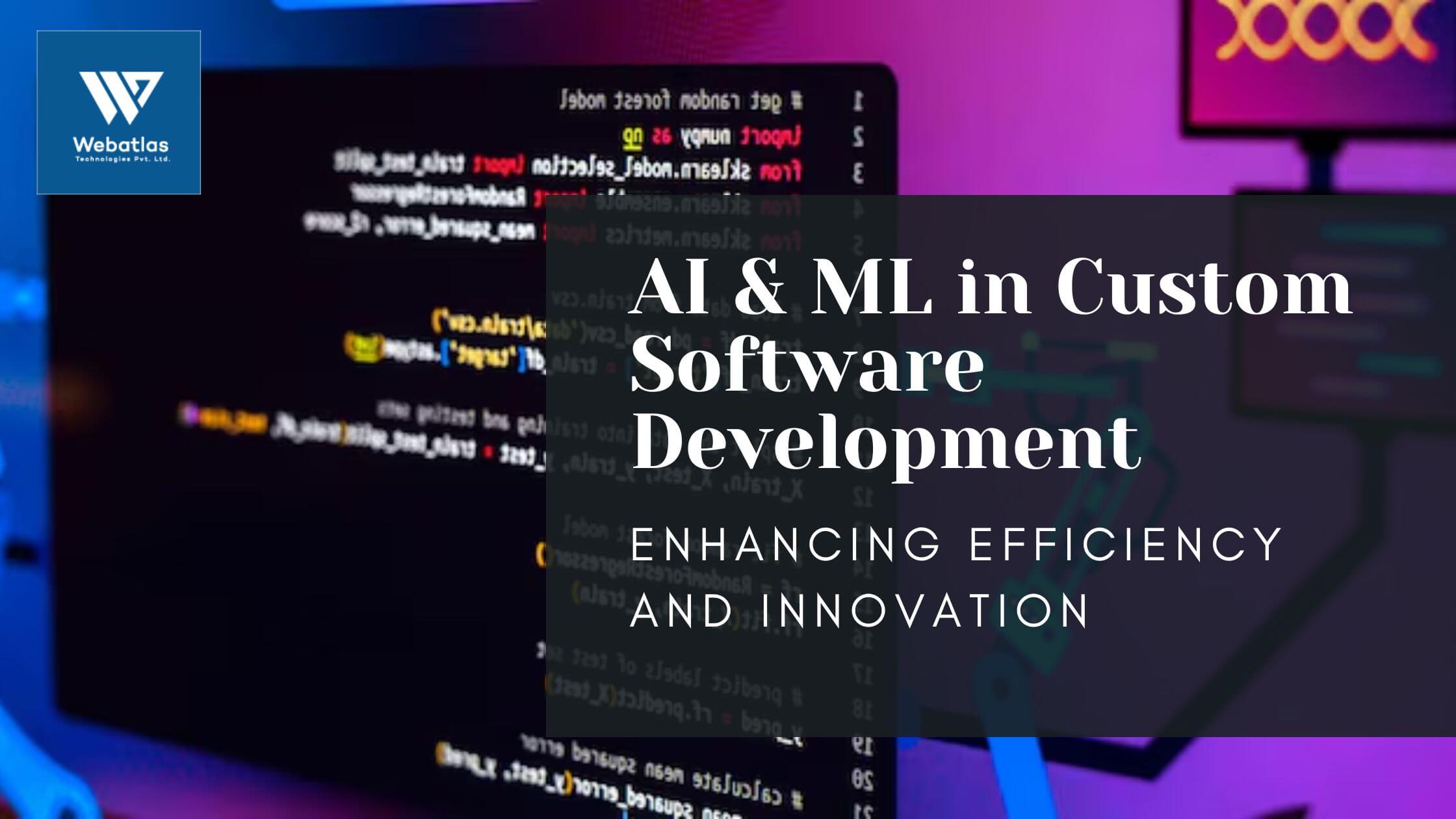How to Develop Remote Patient Monitoring Software: A Comprehensive Guide

What is Remote Patient Monitoring Software?
Remote Patient Monitoring (RPM) software is a technological solution designed to monitor patients’ health data remotely. It enables healthcare providers to track and manage patients’ health conditions outside traditional clinical settings, such as in their homes. This software collects data from various devices like glucose meters, heart rate monitors, and wearable sensors, transmitting this information to healthcare professionals in real-time. The primary goal of RPM software is to improve patient outcomes by facilitating early detection of potential health issues, ensuring timely interventions, and reducing the need for hospital visits.
Reasons Why Remote Patient Monitoring Systems Are the Future of Healthcare Industry
Enhanced Patient Care and Outcomes
RPM systems provide continuous monitoring, allowing healthcare providers to keep a close eye on patients’ conditions around the clock. This continuous data stream enables early detection of potential health issues, leading to timely interventions and better patient outcomes. For chronic disease management, RPM can significantly improve the quality of care by providing insights into patients’ daily health trends.
Cost-Effective Healthcare Solutions
By reducing the need for in-person visits and hospital readmissions, RPM systems can lower healthcare costs. Patients can receive quality care from the comfort of their homes, minimizing travel expenses and time off work. For healthcare providers, RPM reduces the burden on hospital resources and staff, leading to more efficient operations.
Improved Accessibility to Healthcare
RPM systems bridge the gap for patients in remote or underserved areas who have limited access to healthcare facilities. These systems ensure that patients receive the care they need without the need to travel long distances. Additionally, RPM can enhance healthcare delivery during pandemics or other emergencies when in-person visits may not be feasible.
Data-Driven Healthcare
RPM systems collect a wealth of health data that can be analyzed to improve patient care. This data provides valuable insights into patient health trends, helping healthcare providers make informed decisions. Over time, the accumulated data can contribute to research and the development of new treatment protocols.
Personalized Patient Experience
RPM systems allow for a more personalized approach to healthcare. By continuously monitoring a patient’s health, healthcare providers can tailor treatment plans to the individual’s specific needs. This personalized care can lead to higher patient satisfaction and better adherence to treatment plans.
Also Read- Financial Software Development: Latest Trends and Advantages
Remote Patient Monitoring System Market Size
The global Remote Patient Monitoring market is experiencing rapid growth, driven by the increasing prevalence of chronic diseases, an aging population, and the rising adoption of digital health technologies. According to market research, the RPM market was valued at approximately $745 million in 2020 and is projected to reach $2.14 billion by 2027, growing at a compound annual growth rate (CAGR) of 14.7% during the forecast period.
The COVID-19 pandemic has further accelerated the adoption of RPM systems, as healthcare providers sought alternatives to in-person visits. This shift is expected to continue post-pandemic, with RPM becoming an integral part of healthcare delivery.
Cost to Build an RPM System
The cost of developing an RPM system can vary significantly based on several factors, including the complexity of the software, the number of features, and the level of integration with other healthcare systems. Here’s a breakdown of the potential costs:
Initial Planning and Research
Before development begins, extensive planning and research are essential to understand the specific needs of the target market and define the scope of the project. This phase typically involves market research, competitor analysis, and requirement gathering, costing anywhere from $10,000 to $30,000.
Design and Prototyping
Designing the user interface (UI) and user experience (UX) is crucial for creating an intuitive and user-friendly RPM system. This phase includes wireframing, prototyping, and user testing. The cost for design and prototyping ranges from $20,000 to $50,000.
Development
The development phase is where the actual coding and software creation occur. This includes front-end and back-end development, integration with medical devices, and the implementation of data security measures. Depending on the complexity, development costs can range from $100,000 to $300,000.
Testing and Quality Assurance
Thorough testing is essential to ensure the software functions correctly and meets regulatory standards. This phase involves unit testing, integration testing, and user acceptance testing. Testing and quality assurance can cost between $20,000 and $50,000.
Deployment and Maintenance
Once the software is developed and tested, it needs to be deployed on servers and made accessible to users. Ongoing maintenance, updates, and support are also necessary to ensure the system remains functional and secure. Deployment and initial maintenance costs can range from $10,000 to $50,000, with ongoing maintenance costing an additional $5,000 to $15,000 per month.
Total Cost Estimate
Considering all the phases, the total cost to build an RPM system can range from $160,000 to $480,000. This estimate can vary based on the specific requirements and scale of the project.
Must Read- How To Create A Taxi Booking App Like Uber
Essential Features in RPM Software
Real-Time Data Collection and Transmission
The core functionality of RPM software is the ability to collect and transmit health data in real-time. This feature ensures that healthcare providers have up-to-date information on patients’ conditions, enabling timely interventions.
Integration with Medical Devices
RPM software must seamlessly integrate with various medical devices such as blood pressure monitors, glucose meters, and wearable sensors. This integration allows for automatic data collection and reduces the risk of manual entry errors.
Secure Data Storage and Privacy
Ensuring the security and privacy of patient data is paramount in healthcare. RPM software should comply with regulations like HIPAA (Health Insurance Portability and Accountability Act) and GDPR (General Data Protection Regulation). This includes implementing encryption, secure data storage, and access control mechanisms.
User-Friendly Interface
A user-friendly interface is crucial for both patients and healthcare providers. The software should be intuitive and easy to navigate, with clear instructions and visualizations of health data. A good UI/UX design enhances user satisfaction and adherence to the monitoring process.
Alerts and Notifications
The software should include a robust alert and notification system to inform healthcare providers and patients of critical health events or abnormalities. These alerts can be customized based on specific thresholds and parameters, ensuring timely responses to potential health issues.
Data Analytics and Reporting
Advanced data analytics capabilities allow healthcare providers to analyze health trends and make informed decisions. The software should include features for generating reports, visualizing data, and identifying patterns that can aid in patient care and treatment planning.
Remote Consultations and Communication
RPM software should facilitate communication between patients and healthcare providers through secure messaging, video calls, or telehealth integration. This feature ensures that patients can easily reach their providers for consultations and support.
Customizable Health Plans
The ability to create and manage personalized health plans is essential for effective patient care. RPM software should allow healthcare providers to customize monitoring parameters, set goals, and track progress for individual patients.
Multi-Device Compatibility
To ensure accessibility, RPM software should be compatible with various devices, including smartphones, tablets, and computers. This flexibility allows patients to use the system with their preferred devices.
Expertise of Webatlas in Developing Remote Patient Monitoring Software
Webatlas is a leading web development company in India with extensive experience in developing innovative healthcare solutions, including remote patient monitoring software. Our team of experts specializes in creating customized RPM systems that cater to the unique needs of healthcare providers and patients. Here’s why Webatlas stands out:
Proven Track Record
With a portfolio of successful RPM projects, Webatlas has demonstrated its capability to deliver high-quality, reliable, and secure healthcare solutions. Our clients have benefited from our expertise in integrating advanced technologies with user-friendly designs.
Comprehensive Development Process
At Webatlas, we follow a comprehensive development process that includes initial consultation, requirement analysis, design, development, testing, deployment, and ongoing support. This ensures that every aspect of the project is meticulously planned and executed to meet our clients’ needs.
Expertise in Healthcare Compliance
Our team is well-versed in healthcare regulations and standards, ensuring that the RPM software we develop complies with HIPAA, GDPR, and other relevant guidelines. We prioritize data security and patient privacy in every project.
Innovative Solutions
Webatlas leverages the latest technologies, including AI, machine learning, and big data analytics, to create innovative RPM solutions. Our software is designed to provide actionable insights, improve patient outcomes, and enhance the overall healthcare experience.
Dedicated Support and Maintenance
We provide ongoing support and maintenance to ensure that the RPM software remains up-to-date and functional. Our team is always available to address any issues, implement updates, and provide technical assistance.
Client-Centric Approach
At Webatlas, we prioritize our clients’ needs and work closely with them throughout the development process. We ensure that the final product aligns with their vision and delivers the desired outcomes.
Conclusion
Developing remote patient monitoring software is a multifaceted process that requires careful planning, advanced technology integration, and a deep understanding of healthcare requirements. As the healthcare industry continues to evolve, RPM systems are set to play a crucial role in delivering efficient, cost-effective, and personalized care. By partnering with a reputable web development company in India like Webatlas, healthcare providers can leverage cutting-edge RPM solutions to enhance patient care and streamline operations. With our expertise and commitment to excellence, Webatlas is your ideal partner for developing innovative and reliable remote patient monitoring software.
Let's talk about your project, or just come and say hello!
Webatlas Technologies is the fastest growing web and mobile app development company



